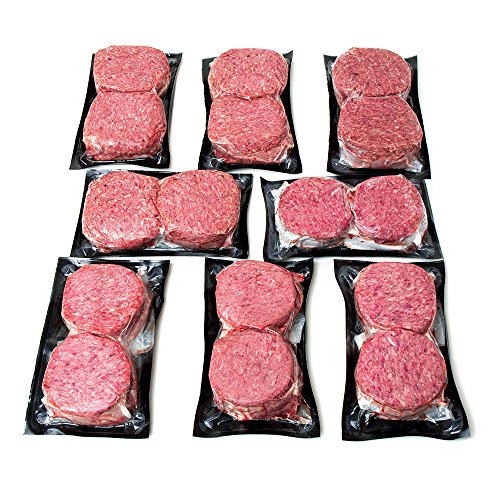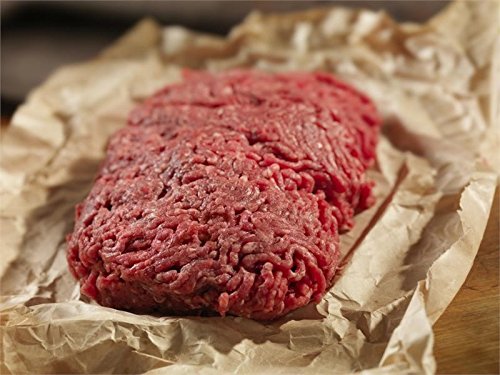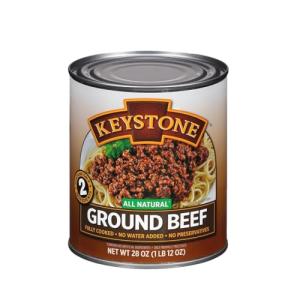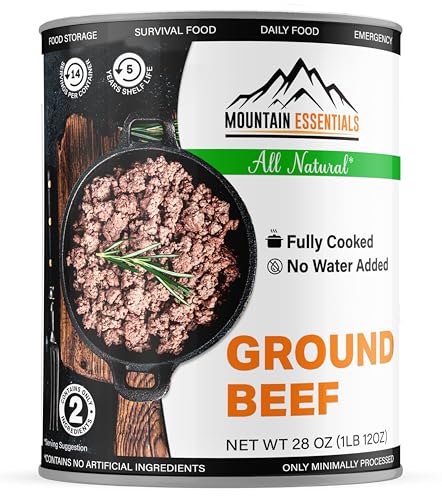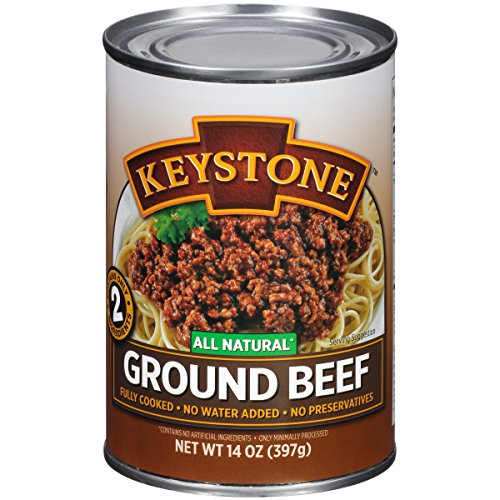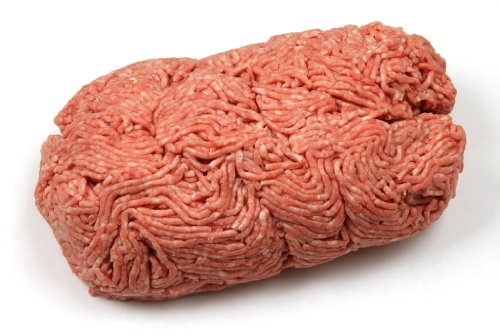When it comes to beef butchery, knowing your cuts is key to cooking delicious meals. Each cut comes from a different part of the cow, and that affects its flavor, texture, and cooking method. From juicy ribeyes to lean filets, understanding these differences helps you choose the right cut for your dinner plans.
Let’s break it down a bit:
When you grasp these basics of beef butchery, you can make smarter choices at the butcher shop or grocery store. Decide if you're looking for something to grill, slow-cook, or roast, and pick the cut that matches your needs. Understanding cuts not only helps you cook better but also makes your meals a lot more exciting.
Next time you’re at the store, don’t hesitate to ask questions! Butchers usually have great tips and can help you select the freshest cuts. Plus, knowing what to look for in quality beef can make all the difference for your cooking adventures.
Essential Tools for Beef Butchery
When diving into beef butchery, having the right tools can make all the difference. You don't need to break the bank – just a few essential items will set you up for success. Let’s take a look at what you should have in your arsenal.
First off, a good quality butcher knife is key. Look for one that's sharp, durable, and feels comfortable in your hand. A 10-inch chef's knife or a butcher’s knife can handle most cuts you'll face. Don't forget a boning knife for the delicate work around joints and bones. A flexible blade gives you better control and precision.
Next up is a reliable cutting board. Go for a board that's large enough to handle bigger cuts of meat and made of sturdy material like bamboo or plastic. A good cutting board helps with cleanliness and makes your workspace comfortable. And let’s not overlook a solid set of meat cleavers. They come in handy for breaking down large meat sections and are a must-have for beef butchery.
Don’t skip safety gear! A pair of cut-resistant gloves will protect your hands while working with sharp tools. They’re a smart investment since you'll want to keep your fingers intact. Lastly, grab a good meat thermometer. Whether you’re cooking or just checking for quality, knowing the right temperature is crucial in beef butchery.
With these essential tools, you'll be well on your way to mastering beef butchery. Every good butcher knows it all starts with the right equipment. Happy butchering!
Angus Wagyu Ground Beef Patties - Premium Grilling
Juicy and flavorful burgers that take your grilling game to the next level
Product information
$174.99
Product Review Score
4.32 out of 5 stars
55 reviewsProduct links
Techniques to Enhance Your Butchering Skills
Butchering beef isn’t just a skill; it’s an art form that anyone can learn with a little practice and the right techniques. First off, get familiar with the cuts of beef. Knowing your chuck from your brisket makes a big difference. Understanding where each cut comes from helps you make better choices based on what you want to create in the kitchen.
Next, practice using your knives. A sharp, well-maintained knife is your best friend in beef butchery. Invest in a good quality knife and take the time to hone it regularly. The right knife can make slicing through those muscles much smoother and safer. Don’t be shy about practicing your technique on less expensive cuts until you feel confident!
Pay attention to the grain of the meat. When cutting, you want to slice against the grain. This tip will help you achieve tender slices that won’t feel chewy. It’s a game changer, especially for cuts that may be tougher. Always look for the direction of the fibers before you start cutting.
Lastly, don’t rush the process. Quality beef butchery takes time. Work slowly and be mindful as you break down the meat. Take breaks if you need to; this isn’t just about speed but about getting it right. Each step of the way, keep your workspace clean and organized. It’ll help you stay focused and make the whole experience enjoyable.
93% Lean USDA Choice Ground Sirloin Beef 1 LB
Enjoy the rich flavor and lean quality of this premium ground sirloin, perfect for burgers, tacos, or any dish you crave
Product information
$58.98
Product Review Score
4.68 out of 5 stars
86 reviewsProduct links
Tips for Storing and Preparing Beef
Storing and preparing beef is crucial to getting the best flavor and texture from your cuts. Start by keeping your beef in the coldest part of your fridge. Always check the packaging date and use fresh beef within a few days to ensure top quality. If you're not planning to cook it right away, freeze it! Make sure to wrap it tightly in freezer paper or plastic wrap to prevent freezer burn. Label it with the date so you know what to use when.
When it comes to cooking, let your beef come to room temperature before you throw it on the heat. This helps it cook evenly. If you're working with a tougher cut, consider marinating it beforehand. A simple mix of oil, vinegar, and your favorite spices goes a long way in tenderizing and flavoring. You can't go wrong with basic seasonings like garlic, onion, and herbs.
Properly slicing your beef is part of the beef butchery game. Always cut against the grain for more tender bites. Look for the fibers in the meat; this is the direction of the grain. Slice perpendicular to those fibers, and you'll enjoy a better texture in every bite.
Don’t forget to rest your beef after cooking! Letting it sit for about 10 minutes keeps the juices locked in, making each slice juicier and tastier. Cover it loosely with foil to keep it warm while it rests. Enjoy bringing your beef butchery skills to the next level with these simple tips.
